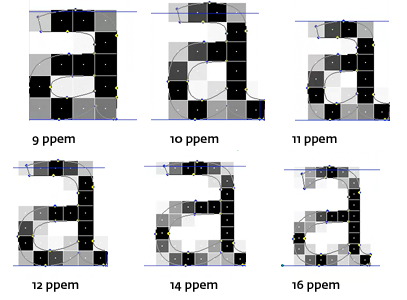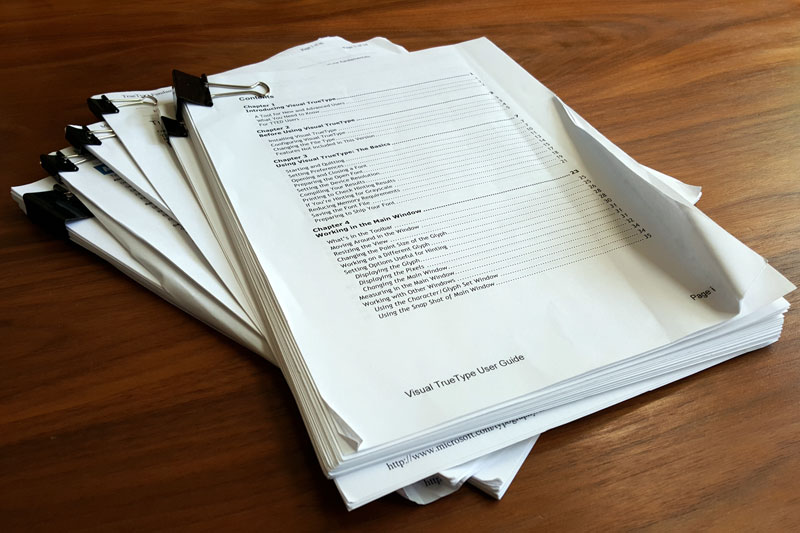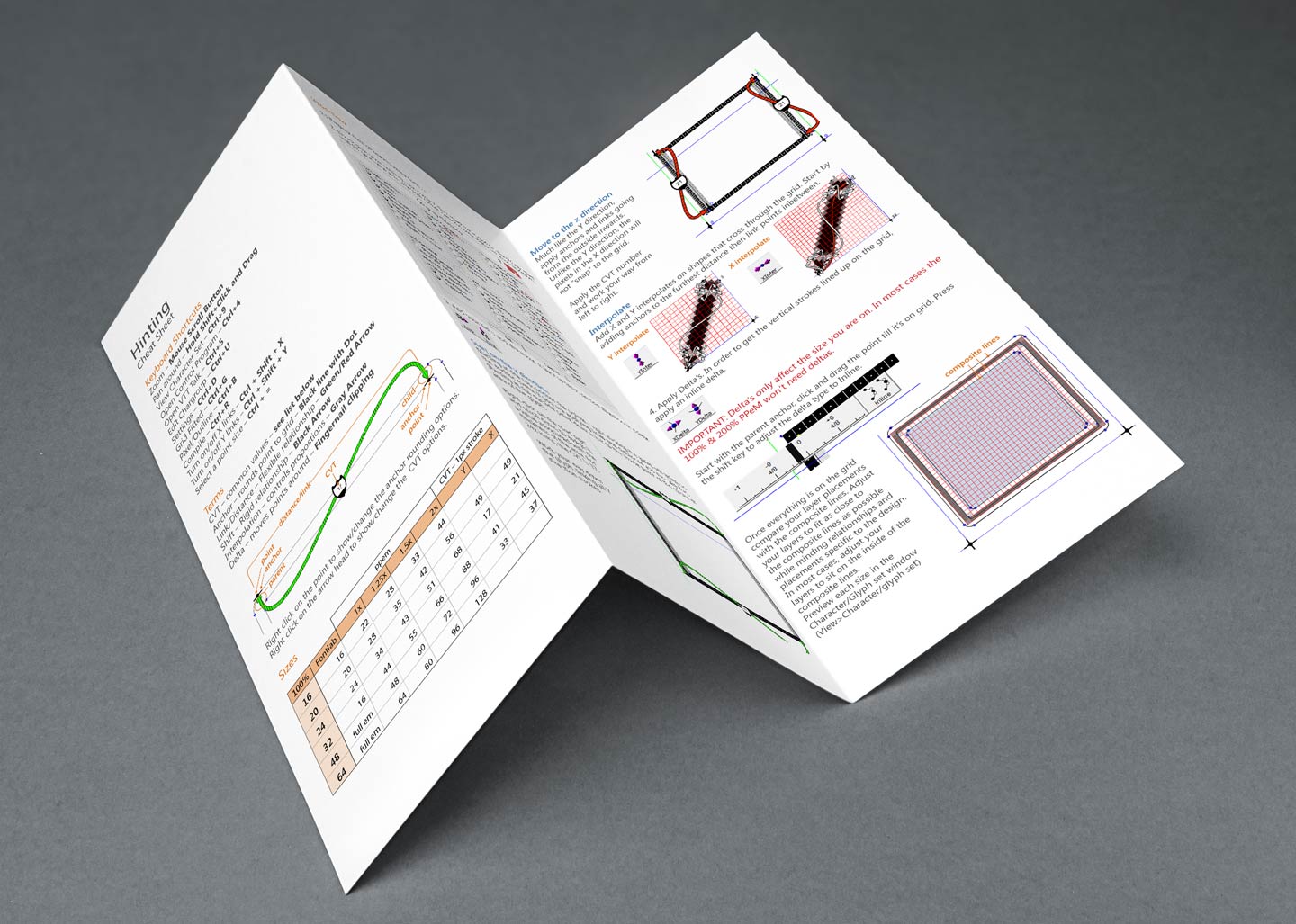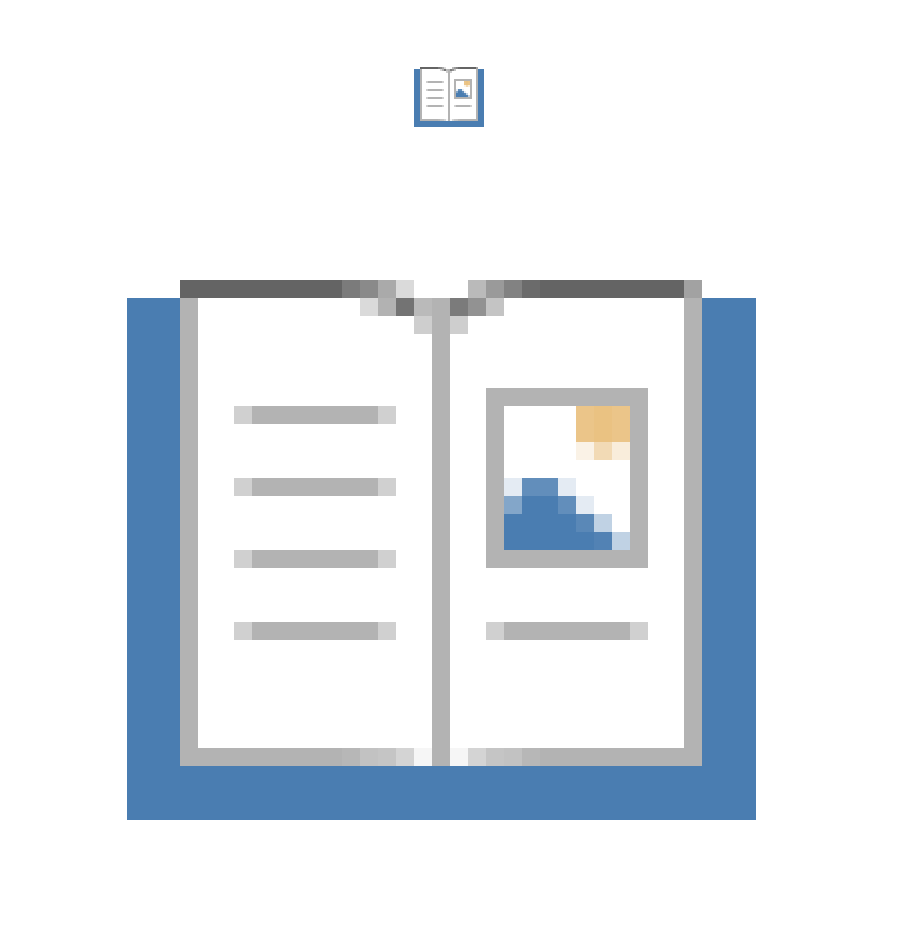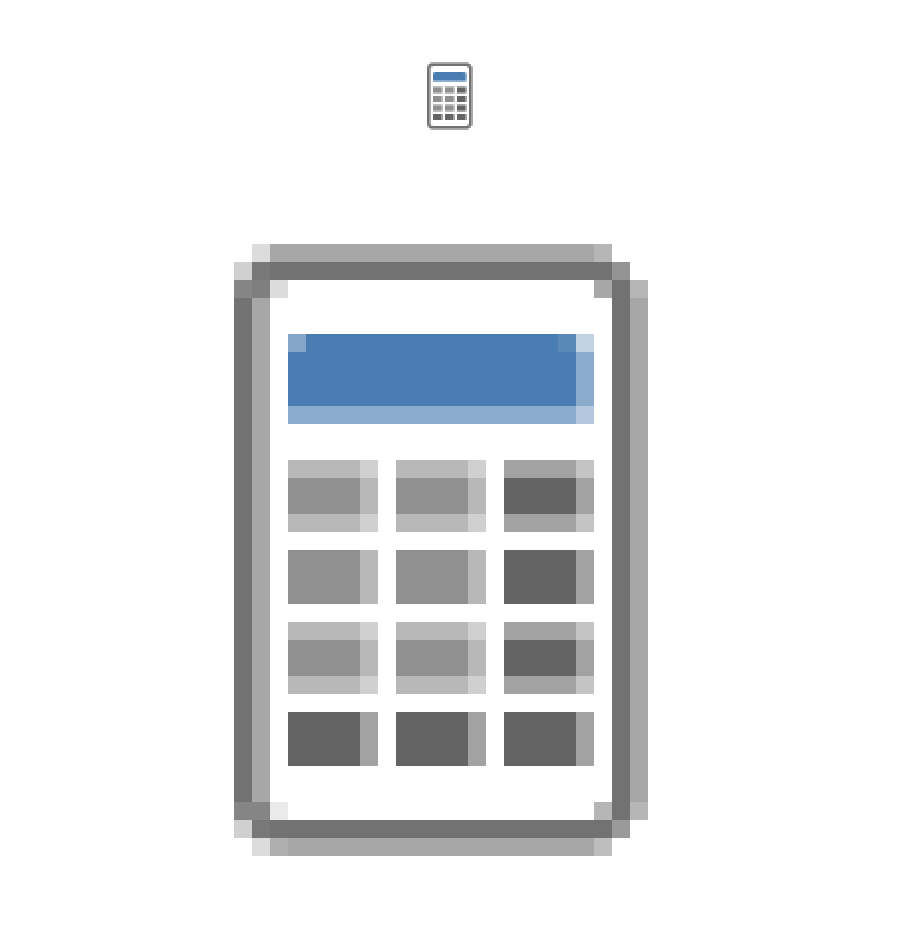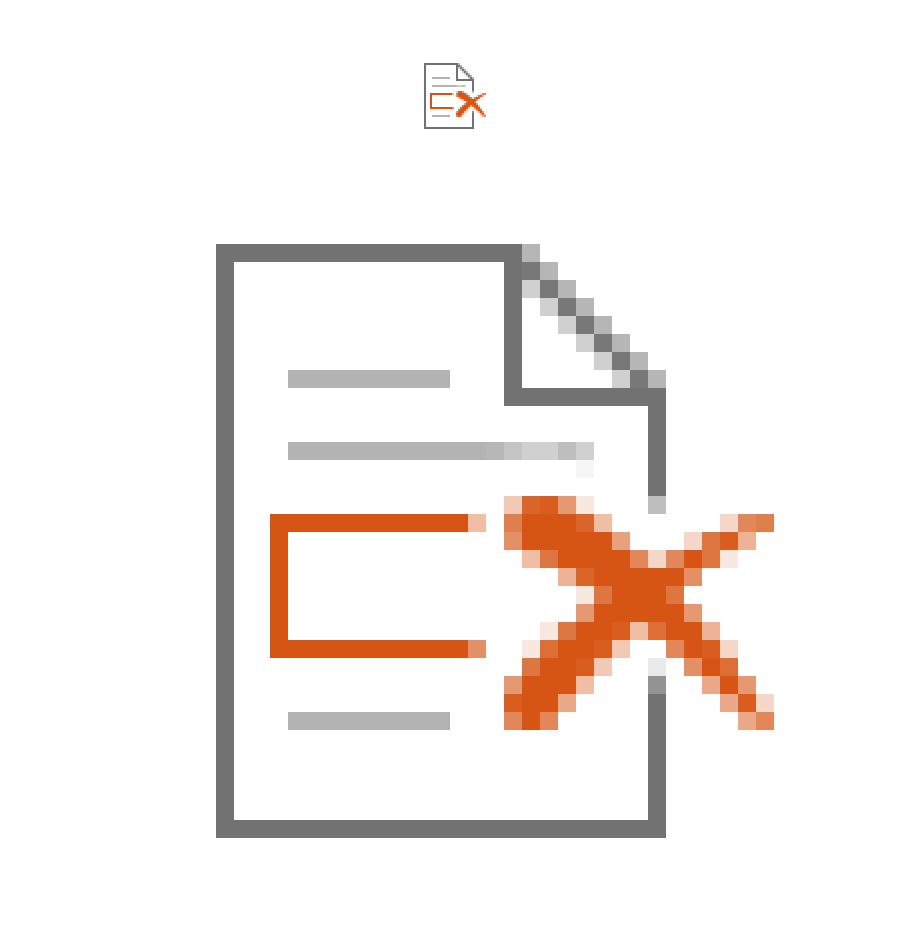It’s become increasingly expensive to support multiple screen densities and platforms with traditional rasterized images. One approach that Microsoft has explored is the use of fonts using a technology created internally to layer colored glyphs creating colored vectored icons. Unlike other vector techniques, these fonts can retain sharpness through “hinting”.
Outcomes
1000's "fonts"
Official support of 6 DPIs
Developed a system that can be expanded in the years to come
Roles
Lead
Research
Trainer
Production
Timeframe
2014


